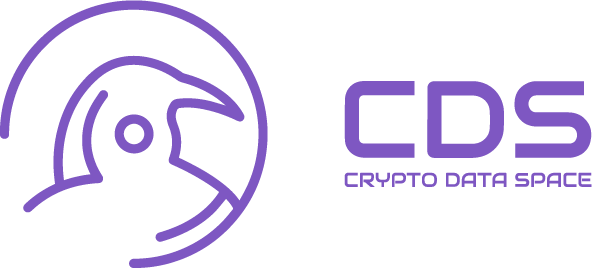Legal Notice: Nothing on the website constitutes professional and/or financial advice. All the content on the website is for informational purposes only. We have prepared all information herein from sources we believe to be accurate and reliable. However, such information is presented as is,” without warranty of any kind – whether expressed or implied. You acknowledge and agree that there are numerous risks associated with purchasing cryptocurrencies.
Crypto Data Space ©2025. All rights reserved.
